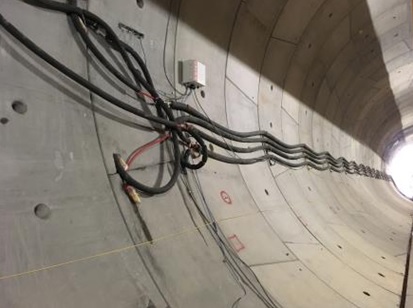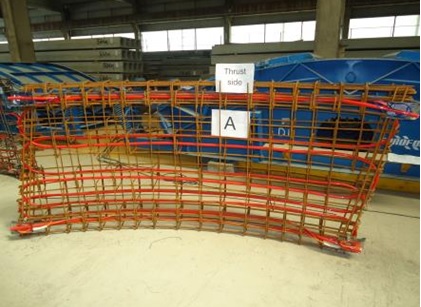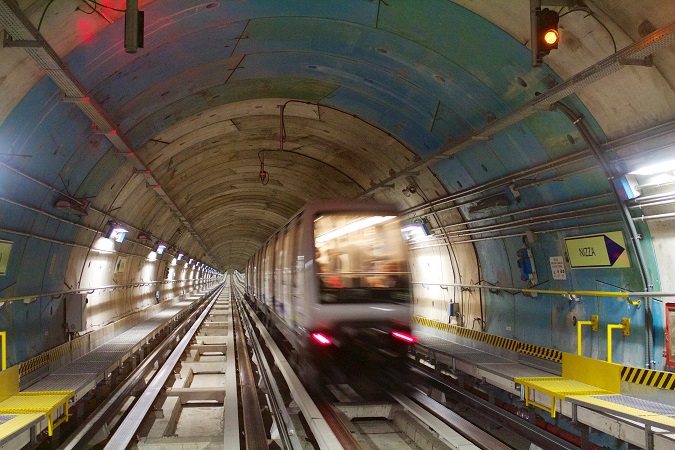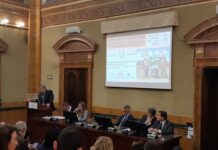Subway will be able to heat and to cool Torino’s houses. How? By “pipes’ insertion in structural ashlars upholstering the gallery” fostering heat’ switch with surrounding land, “like on surface’ geothermal systems”.
The one explaining us how works the first italian ENERTUN “energy ashlar”, Torino’s Politecnico’s patent, is Prof. Marco Barla, leading a researchers’ team composed of Alice Di Donna, Alessandra Insana and Fabrizio Zacco.
Practically, we build an “energy gallery” becoming a big heat exchanger: reinforce concrete’ structure upholstering subway’s tunnels, the ashlar, gets completed with tubes containing fluid able to switch heat with surrounding land and to bring it on surface. That’s “energy ashlar”.
Until now we installed two rings totally made of geothermal ashlars and collected data look like promising, “slightly better than evaluations obtained with numerical models”, as commented by supervisor. Test will continue for one more year in fitted camp among piazza Bengasi’ building site in Torino, getting involved Infrato, as contacting authority, and Consorzio Integra CMC, designated to realize subway’ section. During this time, we’ll work to connect the energy gallery with Iren district heating’ system: “It’s an in progress activity offering interesting perspectives, in particular related to 2 line layout Torino’s subway, crossing city’s areas not supplied by district heating yet”.

No hydro consumption for a closed loop plant: “Looses inside ashlars are very remote, but in case is possible to section the plant and isolate the covering’ ring, using only the residuals (any ring works in parallel)”, as supervisor specifies.
Benefits? Barla mentions “emissions’ reduction in atmosphere for buildings’ heating, contribution to heat bubbles’ reduction in urban areas due to summer air conditioning installations” and “using a local energy resource in sustainable way”.

Subway’ transit will affect “in negligible way” on this thermal exchange, reassures Barla. “Conditions in Torino are optimal”, keeps telling, and make the city totally suitable for developing the project. But, specifies, “same technology can be used anyway in different contexts with benefit. We studied applications in Warsaw and Istanbul’ cities and in alpine galleries”.
Research’ works were subsidized by Torino Politecnico’ Proof of concept, directed to realize patented technologies’ prototypes. Savings coming by project’ fulfillment are “realizing the plant”, because, closes Barla, compared to a traditional geothermal plant “it isn’t necessary to build wells: we use a work that has to be realized anyway”.
Per ricevere quotidianamente i nostri aggiornamenti su energia e transizione ecologica, basta iscriversi alla nostra newsletter gratuita
e riproduzione totale o parziale in qualunque formato degli articoli presenti sul sito.



















